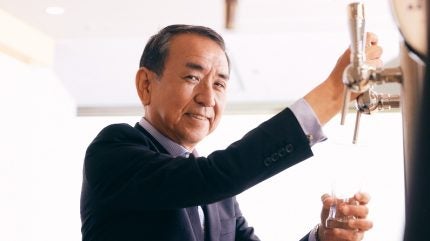
Continuing to navigate a slow-growth global beer market and the emerging area of no-and-low beer, Asahi Group Holdings has made a number of notable moves over the last 12 months, including investment in the US and changes to its production network in Europe.





